Summary
- It has been upheld that muscle protein synthesis is optimised with 20 - 25g of protein per meal for young adults, with any excess protein resulting in enhanced amino acid oxidation.
- This literature review concludes that, contrary to previous research, a protein target of 0.4g/kg/meal is ideal for building muscle, ranging as high as 0.6g/kg/meal. For example, a 75kg male, this would be a target range of 30 - 45g of protein per meal.
- The daily target protein intake spread across four meals is 1.6g/kg, with a ceiling of 2.2g/kg.
This is a question we receive frequently, but the answer isn’t as clear-cut as you might think.
Based on previous studies, it was always common to hear that muscle protein synthesis is maximised in young adults with an intake of ~20 - 25g of a high-quality protein, while anything above would be oxidised for energy or other organic acids or waste.
So does this ‘muscle full’ concept still stand? If we eat more than 25g of protein per meal, is the additional going to waste and is our body just not “absorbing” that additional protein?
In this article, we draw from a literature review by Brad Jon Schoenfeld and Alan Albert Aragon that analyses the findings presented by previous research and clarifies the guidelines related to daily protein distribution per meal to optimise muscle building.
The impact of protein digestibility & absorbability on muscle growth
One of the most cited studies supporting the ~20 - 25g cap on protein per meals is by Areta et al., where resistance-trained subjects were provided 80g of protein over a 12 hour test period in different doses: 8 x 10g servings, 4 x 20g servings, and 2 x 40g. The results showed that muscle protein synthesis (MPS) peaked at the 20g doses, suggesting that protein doses higher than this in one serving provided no additional benefits.
However, Schoenfeld and Aragon point out a number of limitations of this study, perhaps most importantly the fact that 80g is not enough protein to maximise protein balance for the resistance-trained individuals.
Additionally, the participants only consumed whey protein. Whey is a fast-acting protein - the 20g protein serve would only take 2 hours to absorb. This would cause a spike in MPS, but the resulting oxidation of amino acids may result in a lower net protein balance than a more slowly absorbed protein source. Complete absorption of protein with a lower absorption rate may aid to delay amino acid oxidation and potentially lead to greater whole-body net positive protein balance.
Our protein formula RELOAD uses a unique plant protein blend of Organic Sprouted Brown Rice Protein, Organic Fermented Pea Protein Powder, Organic Sacha Inchi Protein, Smooth Protein™ (Pumpkin Protein) that’s slow acting to maximise amino acid utilisation. Click here to find out more.

A potentially greater acute anabolic threshold
Recent research provides evidence that the proclaimed ‘anabolic ceiling’ may be higher than once thought. A 2016 study by Macnaughton et al. ran two trials testing resistance-trained men, requiring the participants to consume 20g of protein directly after a resistance workout, then two weeks later take 40g after the workout. Compared to the 20g trial, the myofibrillar synthetic rate for the participants was about 20% higher in the 40g test.
This result was partly attributed to the large amount of muscle mass worked during the total body resistance workout creating a greater demand for amino acids, which was addressed with higher protein consumption.
In another study, Kim et al. investigated the balance between MPS and muscle protein breakdown (MPB) by providing participants with either 40g or 70g of beef protein in a mixed meal on two occasions. The meal with the higher protein resulted in a significantly greater whole-body anabolic response, mainly through delaying the protein breakdown. The researchers also stipulated that the addition of other macronutrients present in the meal aided the delay of the digestion and absorption of amino acids as well, consequently slowing their release into circulation.
Findings from longitudinal studies
Although these acute studies provide interesting insights, they are not necessarily indicative of long term muscle gain. To address this gap, Schoenfeld and Aragon analyse the results from longitudinal studies on the same topic.
One topic of focus was Intermittent fasting (IF). As those who undertake IF are required to consume their daily calories in a small window of time (usually 8 hours) these people are unable to limit their protein consumption to 20g per meal and still reach their RDI within this timeframe. Research has found that the effects on fat-free mass from those who undertake IF compared to those who do not are fairly similar.
An 8-week study by Tinsley et al. compared the effects of IF on protein consumption in two participant groups: time-restricted feeding (TRF) and normal-diet (ND). All untrained participants took part in three resistance training sessions per week. The results found that the TRF group lost more weight compared to the ND group but did not significantly lose lean mass. In fact, both the TRF and ND participants experienced similar increases in biceps brachii and rectus femoris, indicating that condensing the protein intake to a four-hour window (TRF) did not hinder protein utilisation due to an acute anabolic ceiling.

Conclusions of the present study
Overall, Schoenfeld and Aragon conclude that the target amount of protein required per meal to optimise MPS is 0.4g/kg (Morton et al., 2015), yet the dosage ceilings could be as high as 0.6g/kg for some older men (Moore et al., 2015). However, this is based on consumption of a fast-acting protein which would likely increase the oxidation of amino acids as the doses increase. On the other hand, a slower-acting protein combined with a range of macronutrients would further delay absorption and maximise the utilization of remaining amino acids.
It is widely accepted that protein intake of 1.6g/kg/d-2.2g/kg/d is the optimal amount of total daily protein intake for muscle building. Using a target of 0.4g/kg/meal, you would need to eat at least 4 meals a day to reach the minim daily protein target for muscle building.
Overall, whilst the belief that protein doses exceeding 20g per meal leads to increased amino acid oxidation, recent research is uncovering that this is not necessarily the case. Excess amino acids are not always wasted, but instead utilised to build tissue. We recommend consulting with a nutritionist to determine the optimum dose and protein source that will help you achieve your training goals.
References
Areta JL, Burke LM, Ross ML, Camera DM, West DW, Broad EM, Jeacocke NA, Moore DR, Stellingwerff T, Phillips SM, Hawley JA, Coffey VG. Timing and distribution of protein ingestion during prolonged recovery from resistance exercise alters myofibrillar protein synthesis. J Physiol. 2013;591(Pt 9):2319–31.
Arnal MA, Mosoni L, Boirie Y, Houlier ML, Morin L, Verdier E, Ritz P, Antoine JM, Prugnaud J, Beaufrere B, Mirand PP. Protein pulse feeding improves protein retention in elderly women. Am J Clin Nutr. 1999;69(6):1202–8.
Arnal MA, Mosoni L, Boirie Y, Houlier ML, Morin L, Verdier E, Ritz P, Antoine JM, Prugnaud J, Beaufrere B, Mirand PP. Protein feeding pattern does not affect protein retention in young women. J Nutr. 2000;130(7):1700–4.
Kim IY, Schutzler S, Schrader A, Spencer HJ, Azhar G, Ferrando AA, Wolfe RR. The anabolic response to a meal containing different amounts of protein is not limited by the maximal stimulation of protein synthesis in healthy young adults. Am J Physiol Endocrinol Metab. 2016;310(1):E73–80.
Macnaughton LS, Wardle SL, Witard OC, McGlory C, Hamilton DL, Jeromson S, Lawrence CE, Wallis GA, Tipton KD. The response of muscle protein synthesis following whole-body resistance exercise is greater following 40 g than 20 g of ingested whey protein. Physiol Rep. 2016;4(15) https://doi.org/10.14814/phy2.12893.
Morton RW, McGlory C and Phillips SM (2015) Nutritional interventions to augment resistance training-induced skeletal muscle hypertrophy. Front. Physiol. 6:245. doi: 10.3389/fphys.2015.00245
The Journals of Gerontology: Series A, Volume 70, Issue 1, January 2015, Pages 57–62, https://doi.org/10.1093/gerona/glu103
Schoenfeld, B.J., Aragon, A.A. How much protein can the body use in a single meal for muscle-building? Implications for daily protein distribution. J Int Soc Sports Nutr 15, 10 (2018). https://doi.org/10.1186/s12970-018-0215-1
Tinsley GM, Forsse JS, Butler NK, Paoli A, Bane AA, La Bounty PM, Morgan GB, Grandjean PW. Time-restricted feeding in young men performing resistance training: a randomized controlled trial. Eur J Sport Sci. 2017;17(2):200–7.







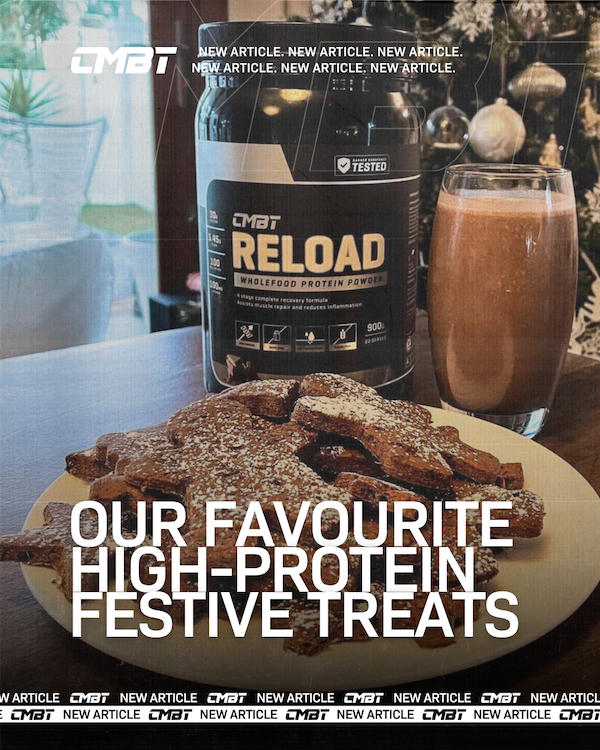

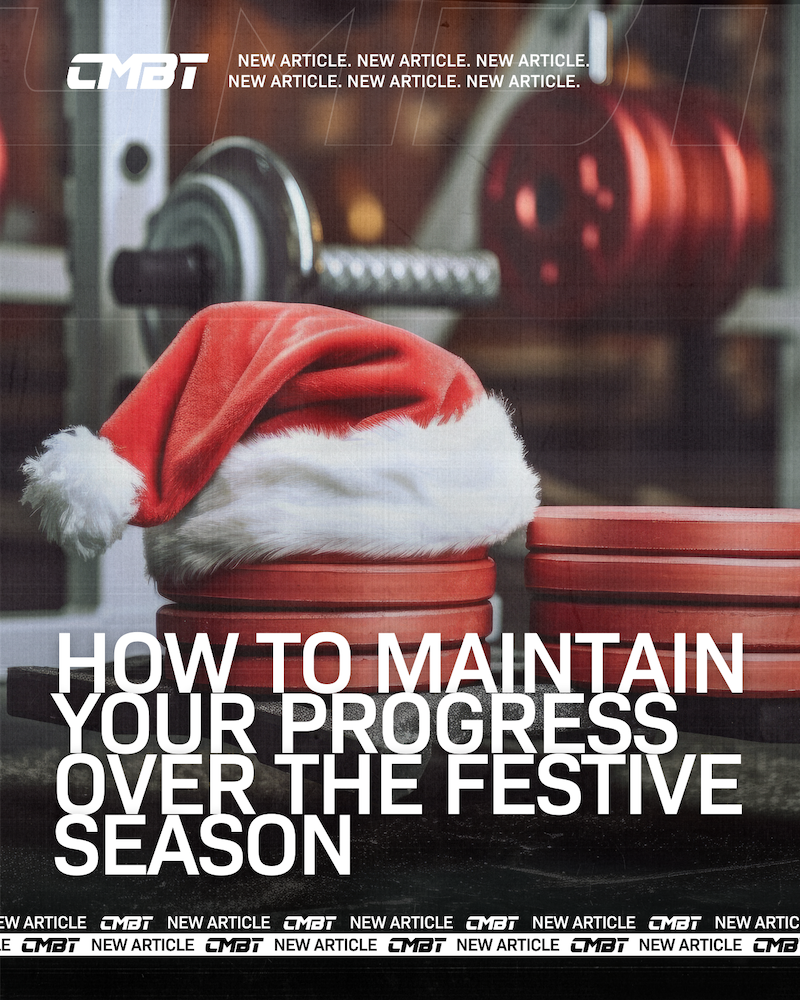




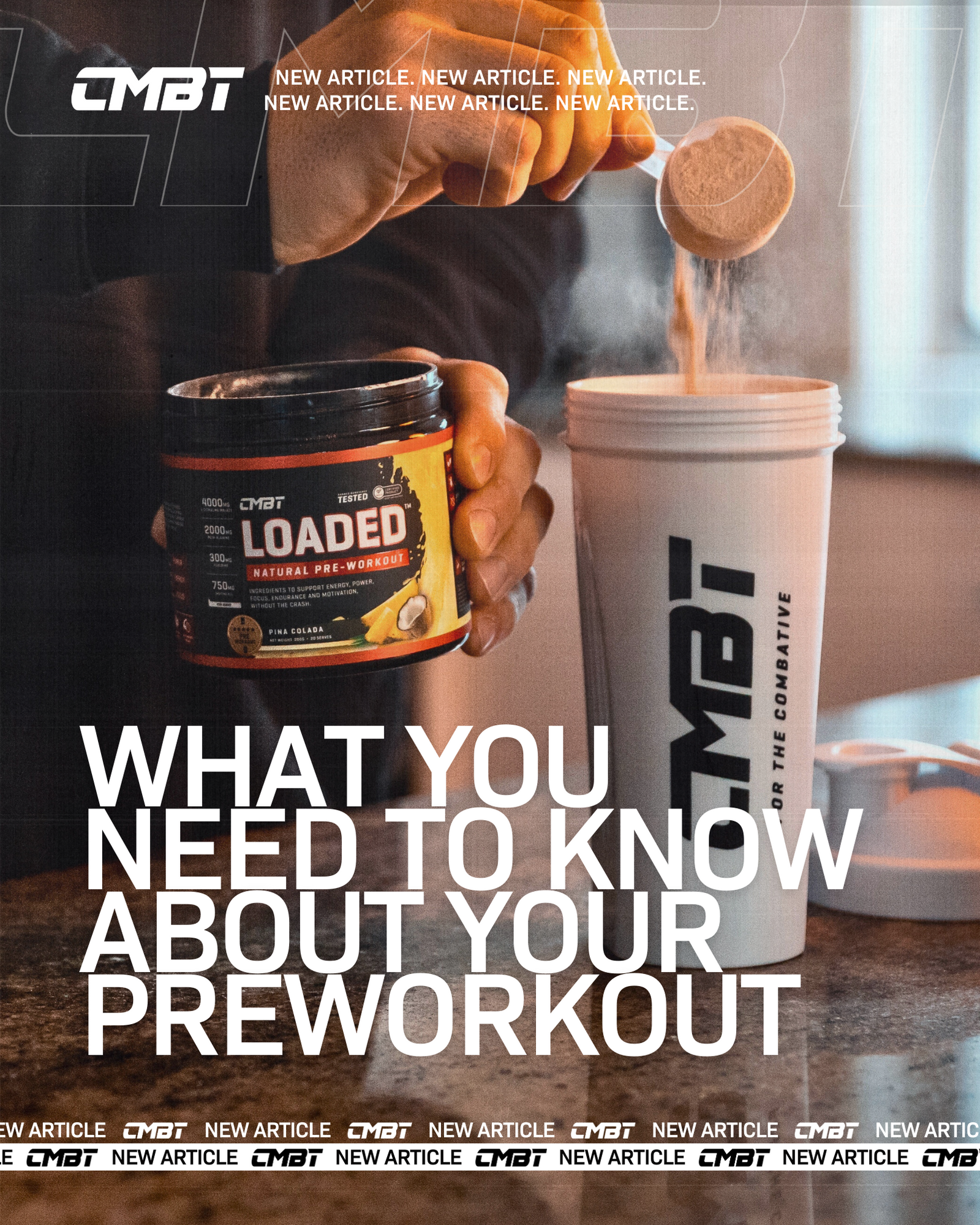

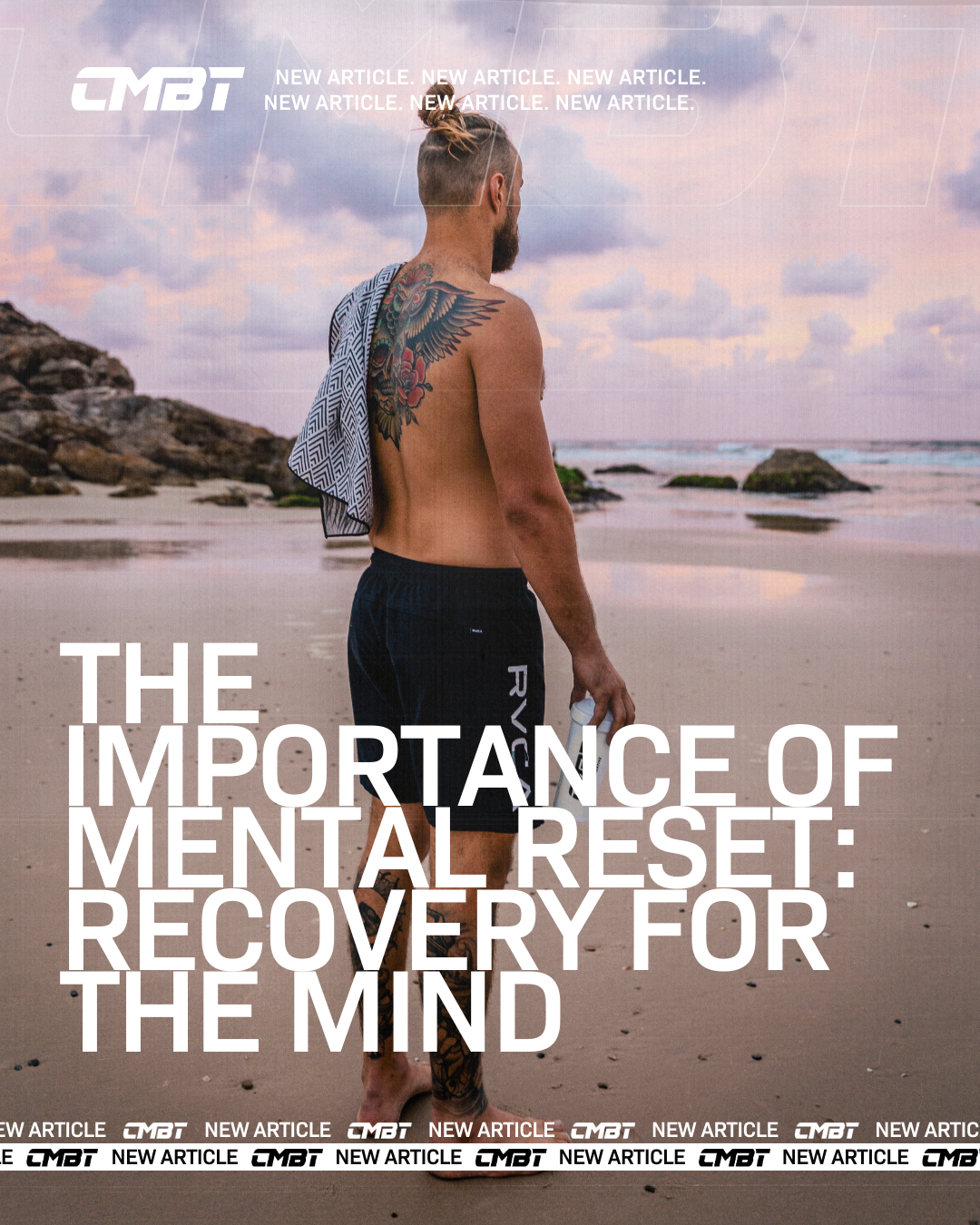
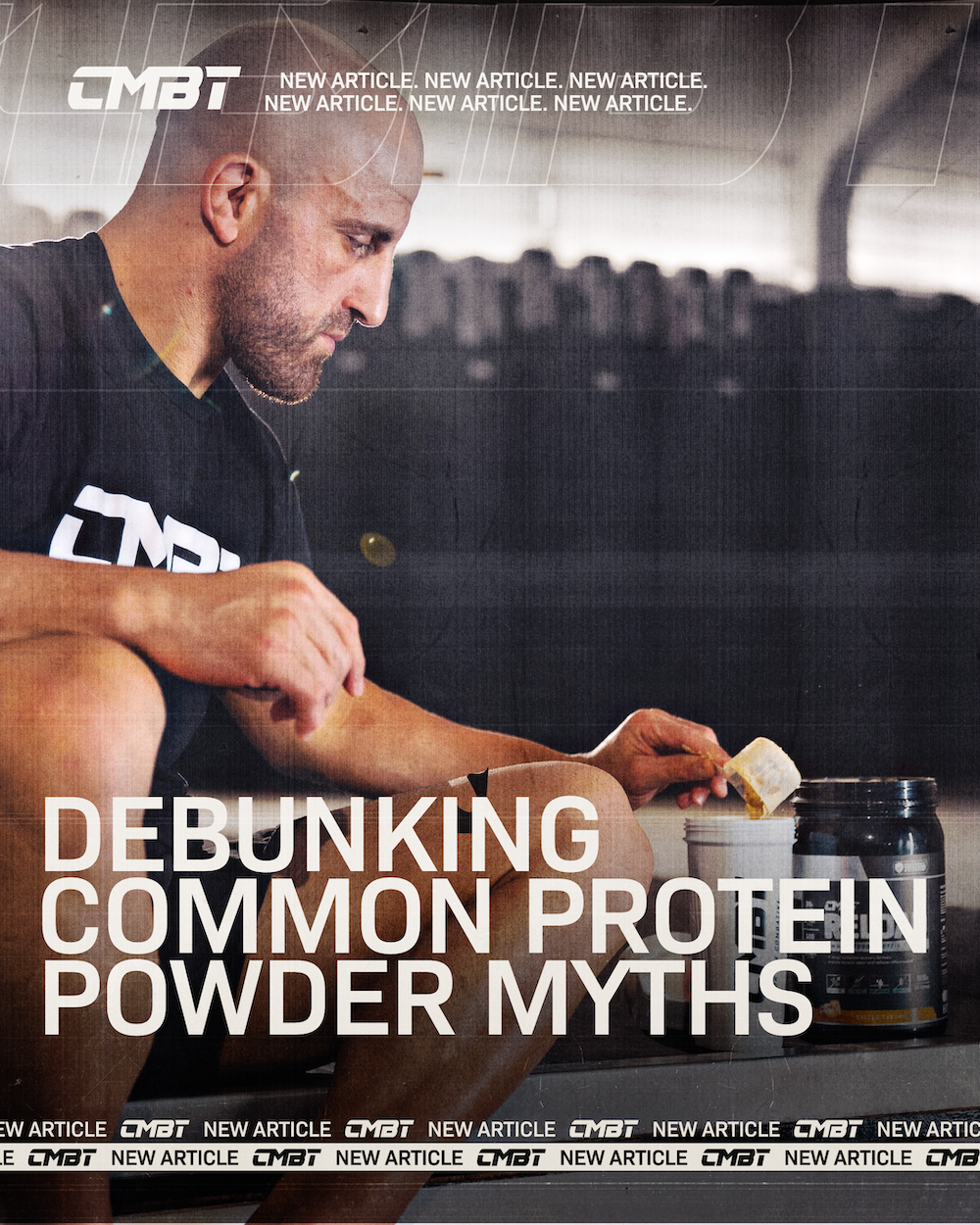
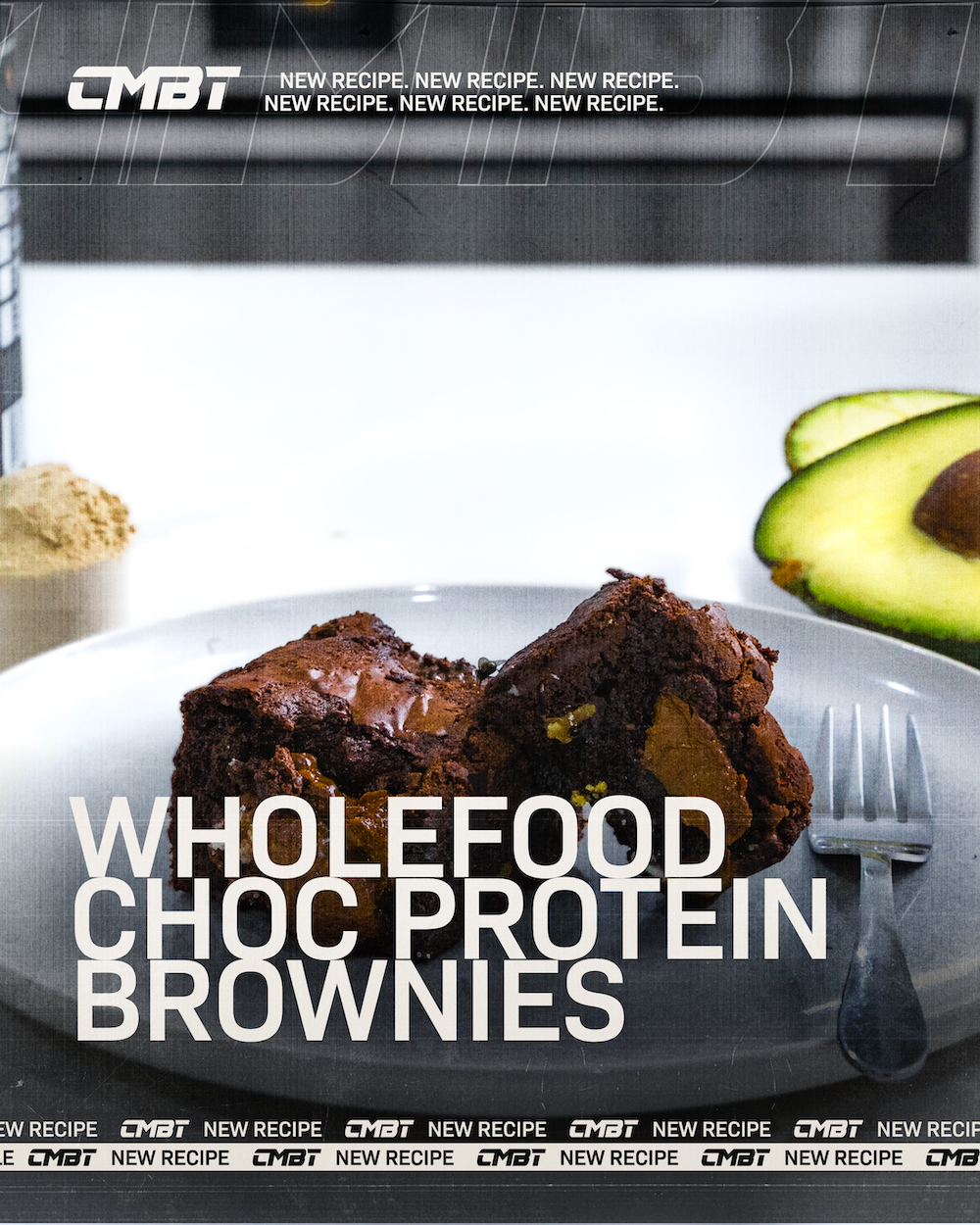





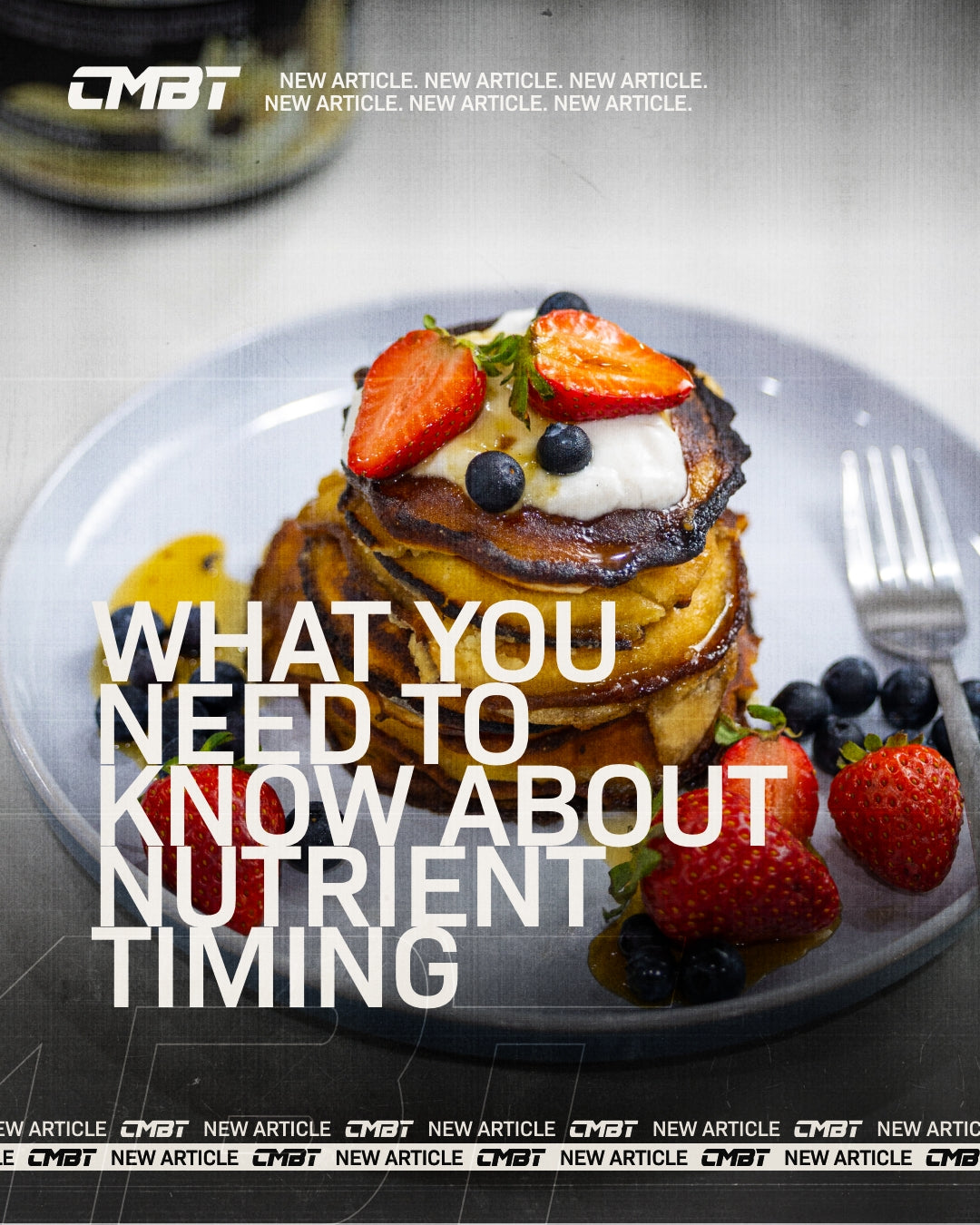



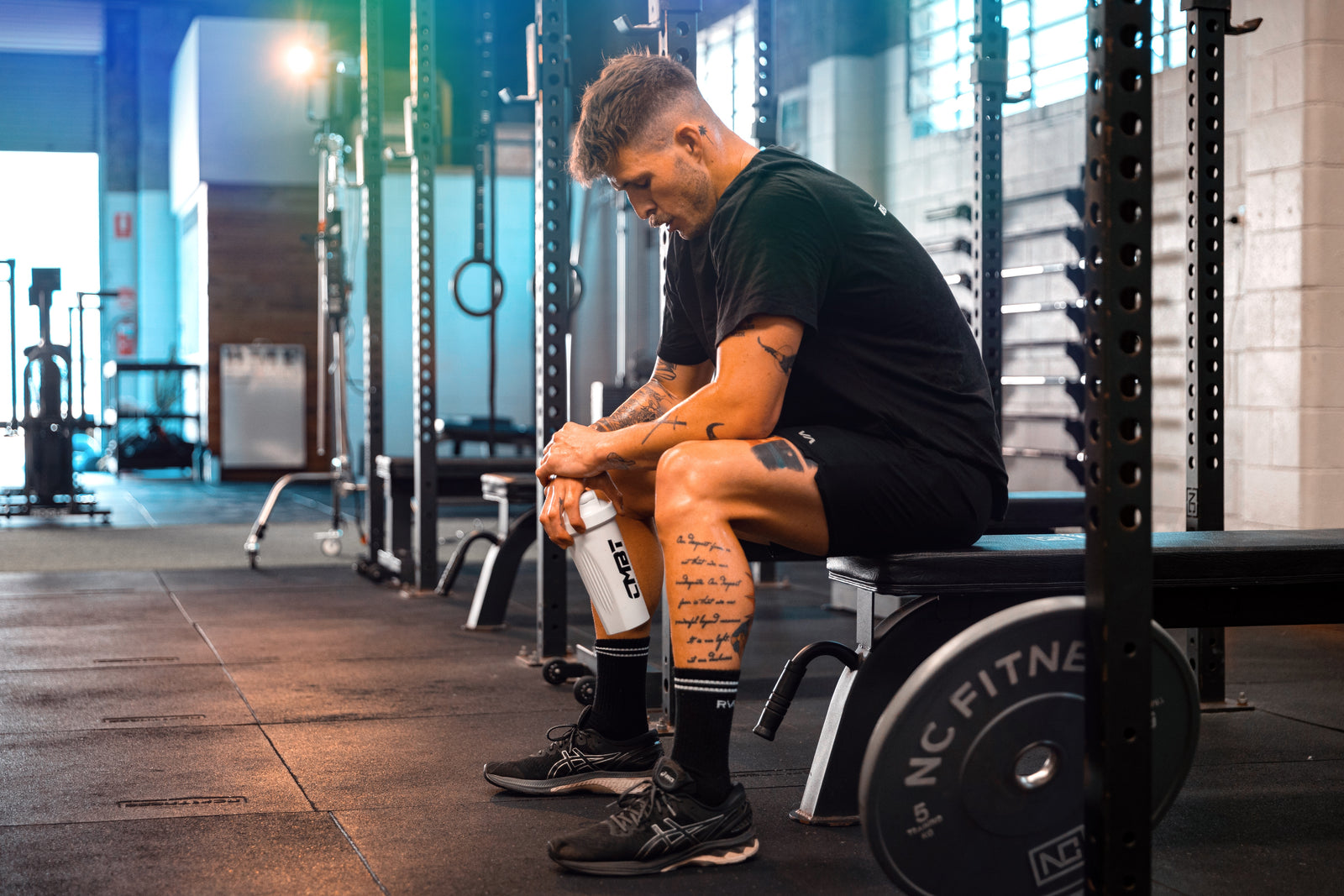




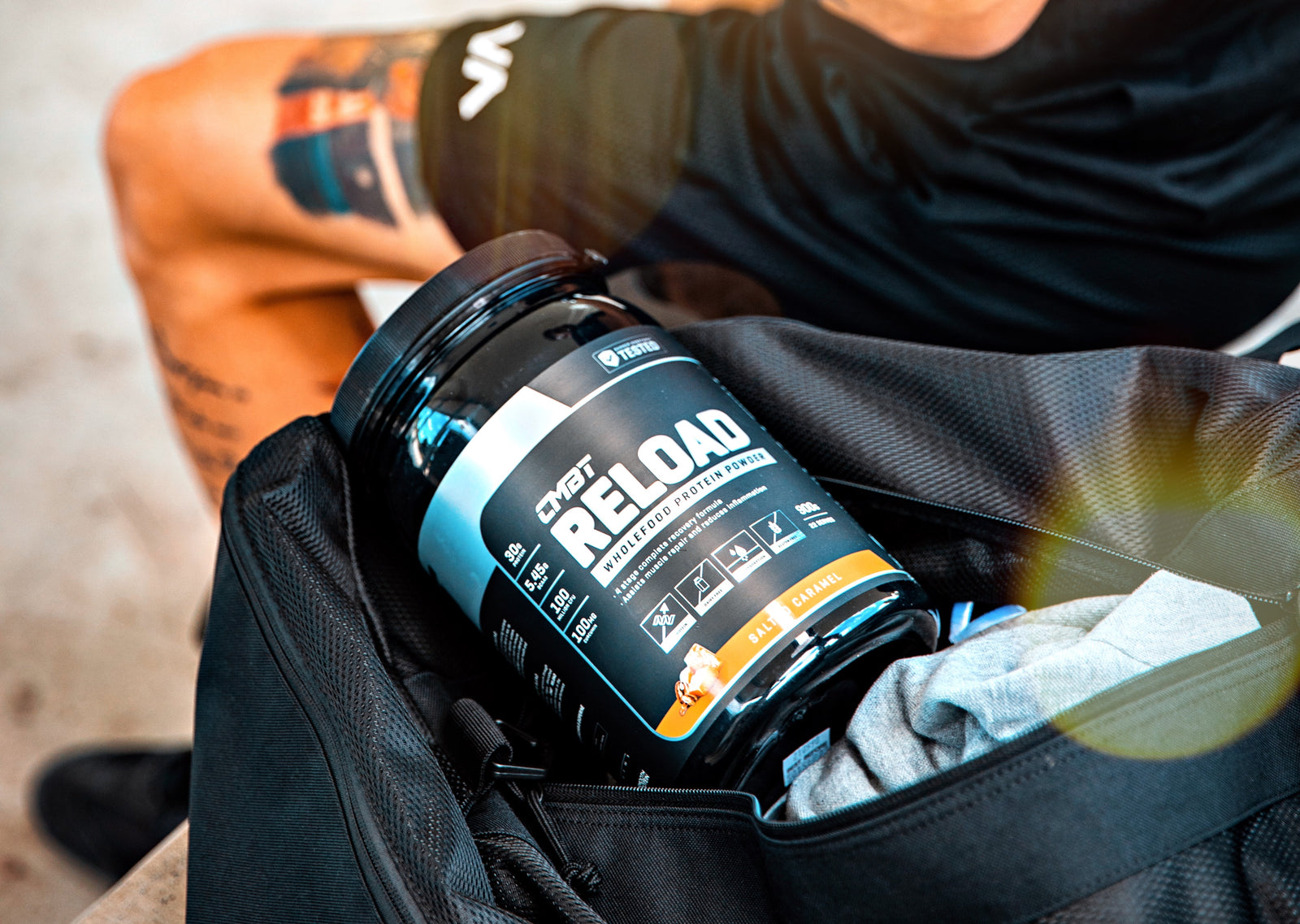
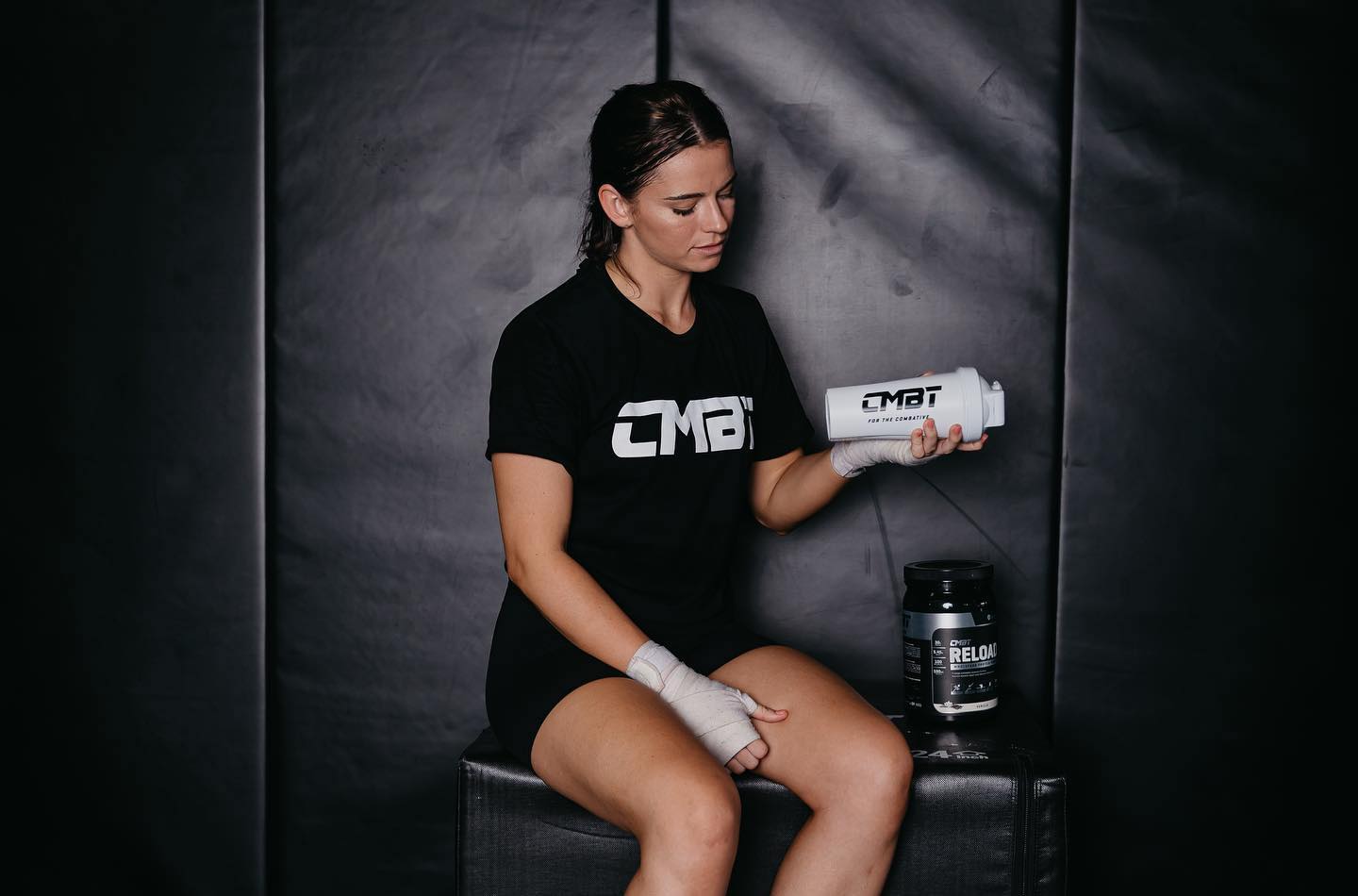


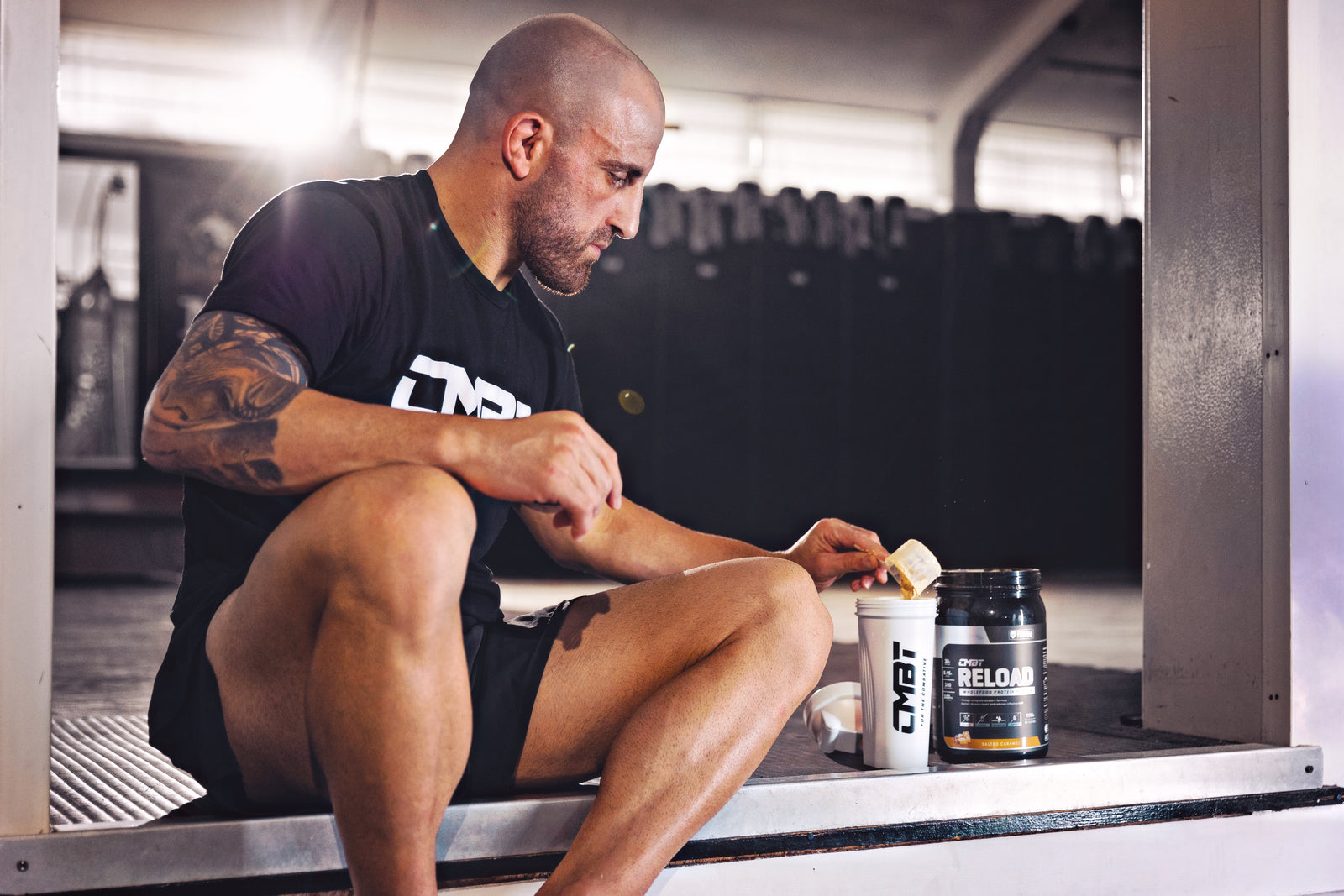


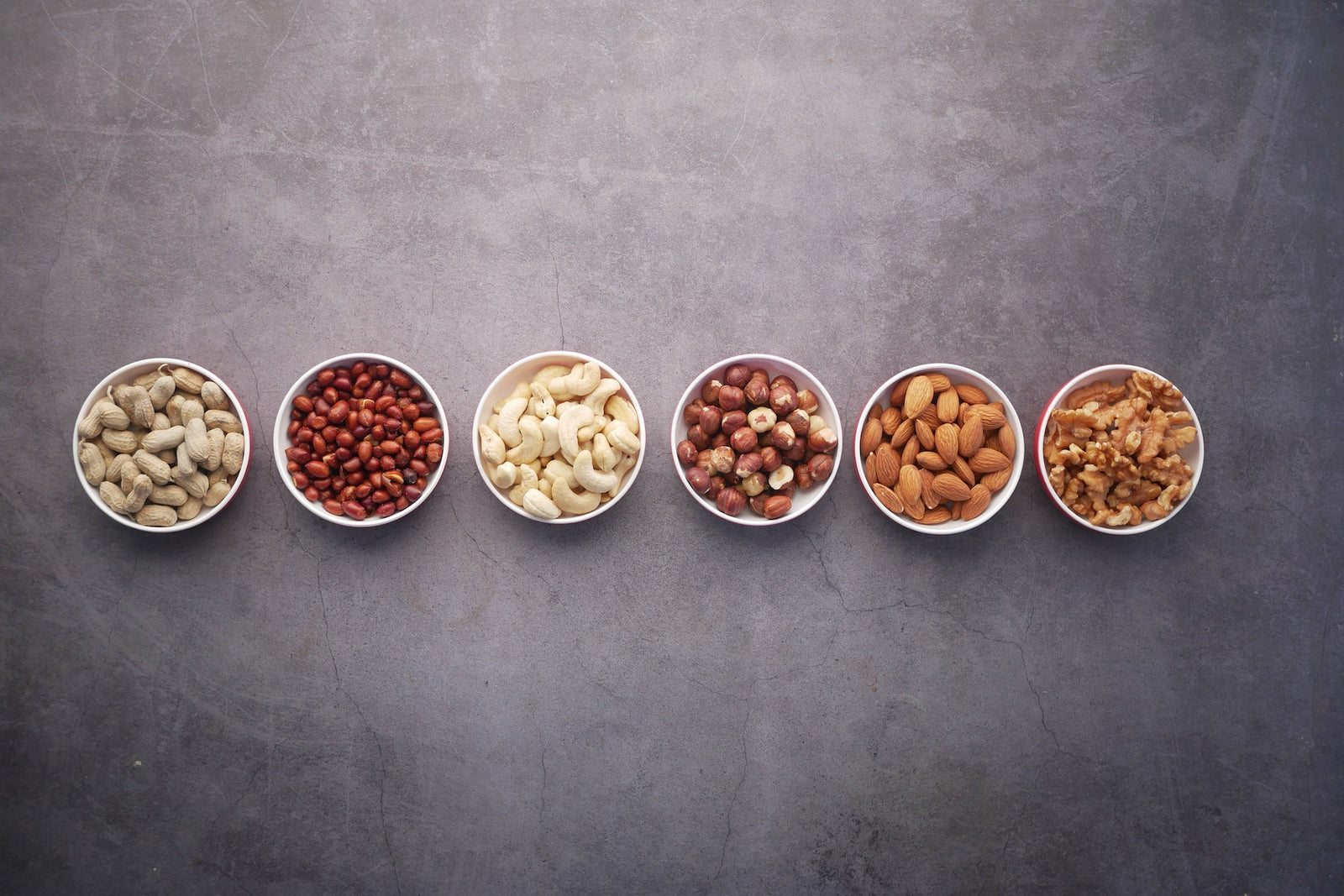

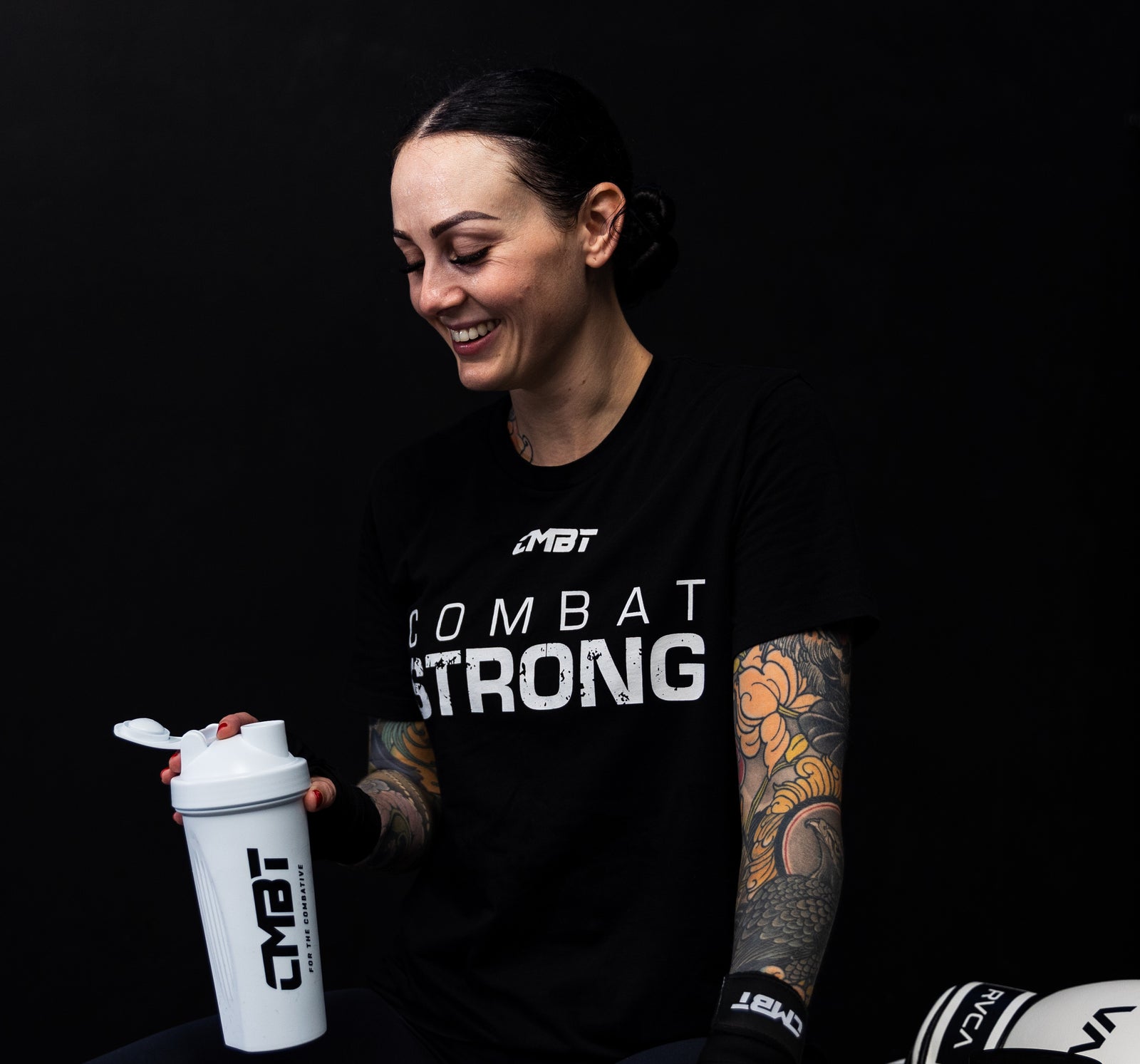






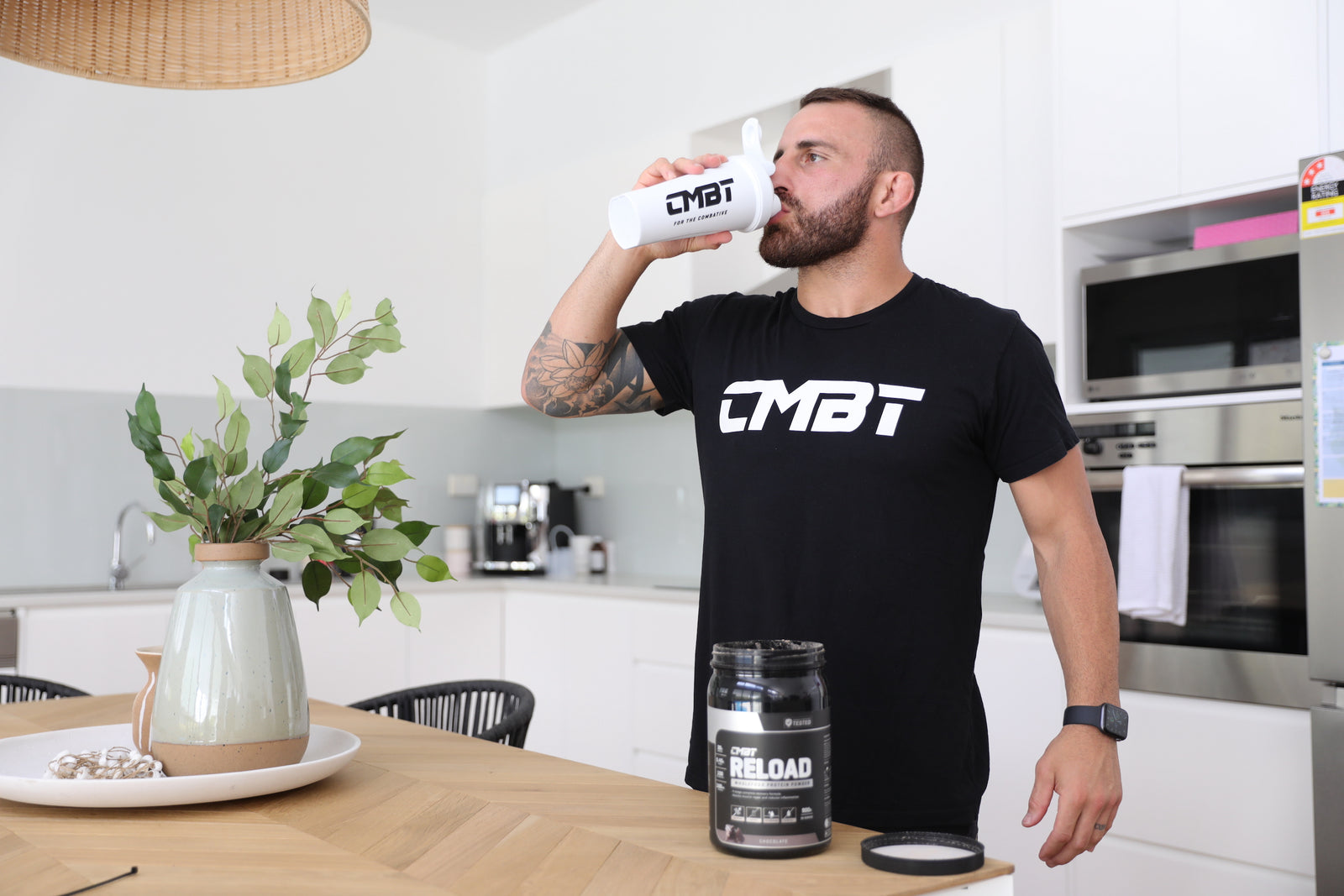
![[VIDEO] Fuel Your Passion feat. Sami Locke](http://cmbt.com.au/cdn/shop/articles/Sami.jpg?v=1625826844&width=1600)